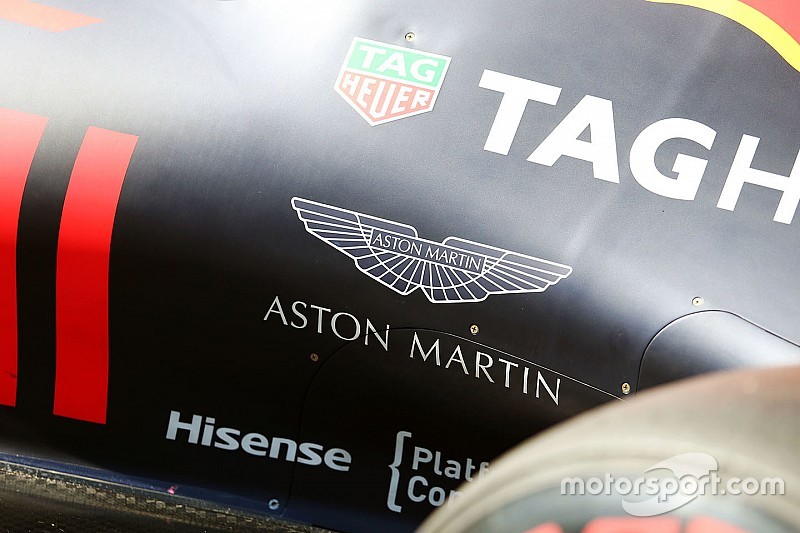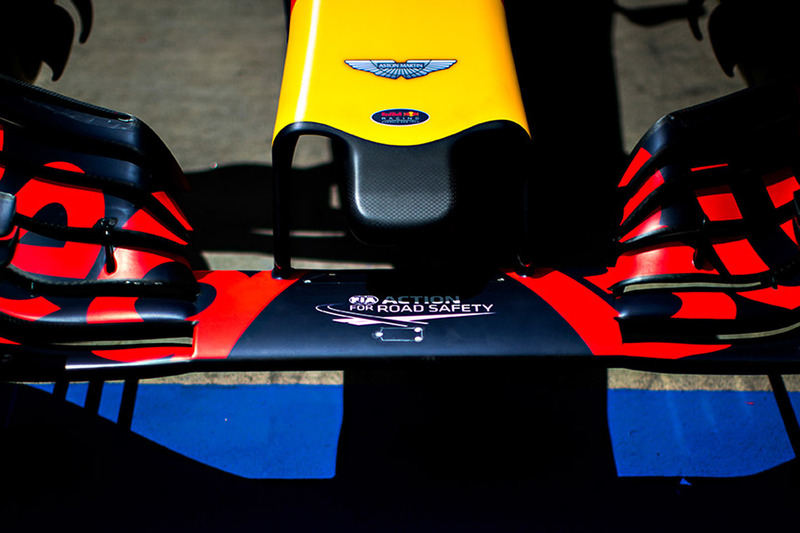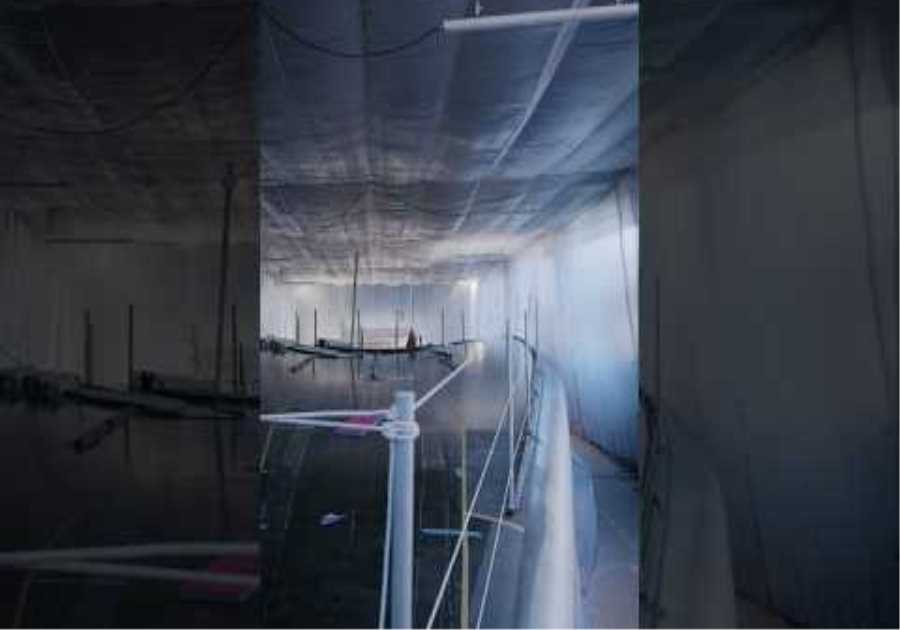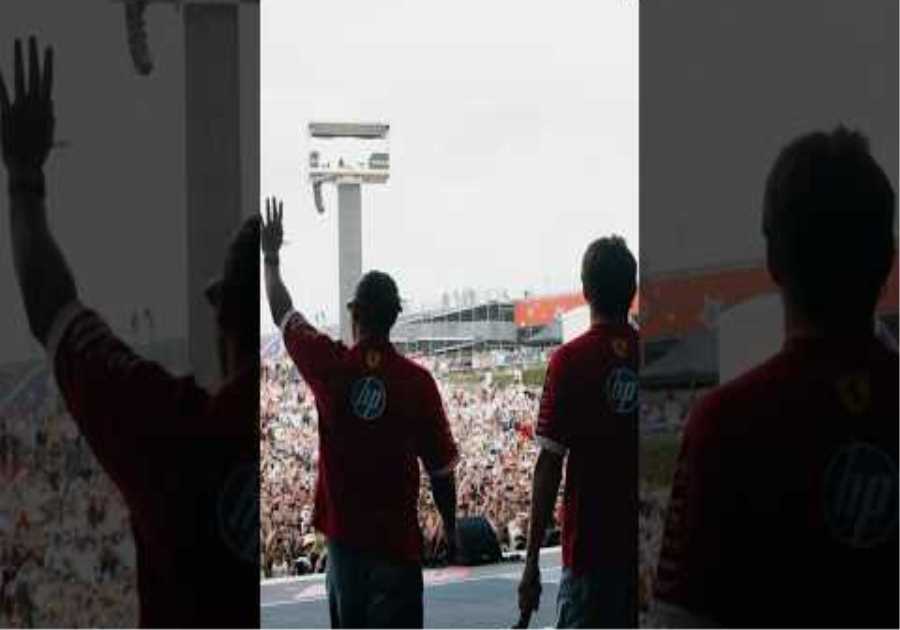
The dynamics are based more on title sponsorship than engine manufacturing or branding, and the team’s chassis won’t be known as the Aston Martins.
In that sense, this is a very similar deal to what Red Bull made with another luxury automaker, Infiniti, in the dominant years 2011-2013.
That deal ended when Renault created its own F1 team and Red Bull lost its status as a factory supplier.
One key difference is that most of the people who follow F1 already know what Aston Martin is, while at Infiniti there were many who still didn’t know after several years of being prominent in Sebastian Vettel’s championship cars what the product was.
The comparisons with the Infiniti partnership are all the more accurate when you consider that Christian Horner did both deals with the same man: Andy Palmer was CEO of Infiniti and is now CEO of Aston Martin.
The story Aston Martin wants to tell is about innovation and technology.
The company will embed engineers on the Red Bull campus in Milton Keynes, which is just a half-hour drive from the Aston Martin base. The partnership will also work on other projects such as the Aston Martin Valkyrie supercar with a limited edition of 15 vehicles, $ 2.6 million apiece that were bought out by buyers.
The Valkyrie is Aston’s 1,000-horsepower V12 rival over the recently announced Mercedes-AMG Project One, which shows a new trend in F1-inspired, limited-edition supercars priced in the millions to sell to the super-rich.
Aston Martin Valkyrie
The halo effect of Aston’s engineers and designers working with Adrian Newey and his staff is clearly a compelling proposition for Aston Martin management and gives the street car brand a certain shine in the eyes of buyers.
The two companies claim that together 110 new jobs will be created to work together on new supercar projects at a new Advanced Performance Center in Milton Keynes.
There is only one problem: the engine
The Aston Martin Red Bull Racing F1 team has a serious short term problem to solve, namely finding a competitive engine.
It will lose its supply of Renault units from the end of 2018, and although it will test the factory Honda engines in the Toro Rosso next season, few hope this will be the silver bullet that marks Red Bull’s weakness in that regard terminated area.
Any noise from sources knowledgeable about the Honda F1 project suggests that the corrections needed to change management culture and make the engine competitive are absent and there is little evidence that this will change .
Another tough year is slated for 2018, and it would require a massive leap in confidence – or the ability of Red Bull and its agents (like Mario Illien) to intervene directly in the program over the next 12 months – to make it a viable bet to be made for the main Red Bull team in 2019.
Discussions about future F1 engine technology continue, driven by Ross Brawn and his team. However, the latest noises are that manufacturers appear to be pushing for the continuation of the MGU-H component of the hybrid system, which is the costly and complex element.
Palmer has stopped getting involved on the engine side, as Aston is tiny compared to Mercedes and even Ferrari, but has remarked rather optimistically: “The discussions about the engines (in Formula 1) are of interest to us, but only when the circumstances are right.
“We’re not about to enter an engine war without constraints on dyno costs or hours, but we believe we’d be interested in getting involved if the FIA can create the right environment.”
The power unit has always been the weak point of the Red Bull Racing proposal and will continue to be the case through 2020 (i.e. three seasons). It concerns the star drivers of the team, Daniel Riccardo and Max Verstappen, who both want to win urgently.
By 2021 there should be some sort of independent engine maker like Cosworth that can deliver competitive engines at competitive prices. It is one of the key pillars of the F1 plan that Ross Brawn is trying to develop together with the FIA rule makers and makers.
Red Bull’s owner Dietrich Mateschitz is frustrated with this era of Formula 1 hybrid engines, their cost, and what he thinks is divisible and lack of entertainment value.
His investment in Red Bull Racing had to grow with the loss of prize money and Infiniti funds (as of 2014): it is estimated that Red Bull is spending around $ 40 million a year, compared to $ 10 million in 2013.
So you can see why there was pressure from above to bring in a title sponsor to help reduce net spend.
If he has an uncompetitive Honda engine in 2019 and the new 2021 rules don’t move the engine formula in the right direction, it’s fair to imagine he’s thinking about packing in Formula 1.
He has threatened it in the past, but if his key indicators are all pointing in the wrong direction, maybe this time he would stop.
This contrasts with the growth of the F1 business under Liberty Media. As more revenue is generated, costs are brought under control so that net expenses are minimized, and the Red Bull brand reaches more and younger audiences, the decision to leave the company becomes more difficult.
What do you think? Leave your comments on Red Bull’s partnership with Aston Martin in the section below.

Aston Martin logo on the Red Bull Racing RB12 Nosecone
The post What the Aston Martin Deal means for Red Bull first appeared on monter-une-startup.





